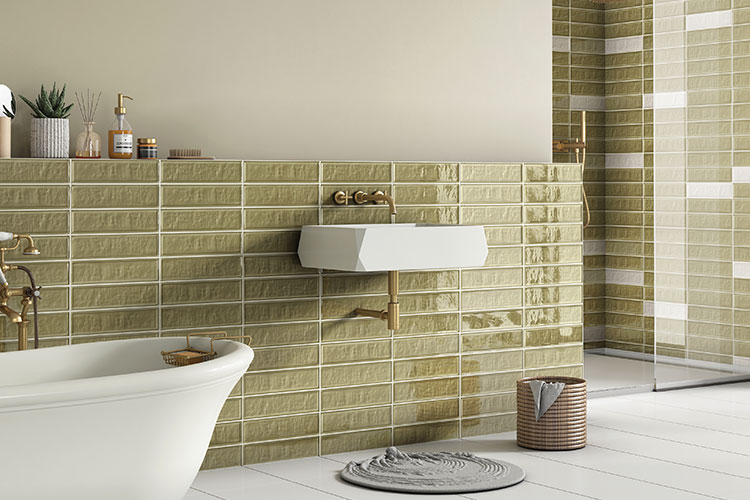Introduction: In the world of interior design, few elements are as iconic and versatile as subway tiles. With their clean lines, classic appeal, and understated elegance, subway tiles have become a staple in kitchens, bathrooms, and beyond. Behind the timeless charm of subway tiles lies a meticulous manufacturing process that combines craftsmanship, innovation, and attention to detail. In this article, we’ll explore the artistry behind subway tiles manufacturing, shedding light on the journey from raw materials to finished products.
The Origins of Subway Tiles:
Subway tiles have a rich history that dates back to the early 20th century when they were first introduced in the New York City subway system. These simple, rectangular tiles were chosen for their durability, ease of cleaning, and timeless aesthetic. Over the years, subway tiles have transitioned from underground tunnels to stylish interiors, becoming synonymous with classic design and versatility.
Raw Materials and Production Process:
The manufacturing of subway tiles begins with the selection of high-quality raw materials, including clay, sand, and other natural minerals. These materials are carefully mixed and refined to create a smooth, homogeneous paste known as slip. The slip is then poured into molds, where it is compressed and shaped into individual tiles.
Next, the tiles undergo a drying process to remove excess moisture and solidify their structure. Once dried, the tiles are fired in kilns at high temperatures to harden them and enhance their durability. Depending on the desired finish, the tiles may undergo additional treatments such as glazing or polishing to achieve the desired color, texture, and sheen.
Craftsmanship and Attention to Detail: At the heart of subway tiles manufacturing lies a commitment to craftsmanship and attention to detail. Skilled artisans oversee every step of the production process, ensuring that each tile meets the highest standards of quality and consistency. From hand-glazing to precision cutting and finishing, every tile is meticulously crafted to perfection.
Innovation and Design Versatility:
While subway tiles are steeped in tradition, manufacturers continue to innovate and push the boundaries of design possibilities. Today, subway tiles are available in a variety of sizes, colors, finishes, and materials, allowing for endless customization and creativity. Whether you prefer classic white ceramic tiles, sleek glass tiles, or rustic subway tiles with a handmade feel, there’s a subway tile option to suit every style and preference.
Sustainability and Environmental Responsibility:
As the demand for eco-friendly products grows, subway tiles manufacturers are increasingly prioritizing sustainability and environmental responsibility. Many manufacturers are adopting environmentally friendly practices such as recycling water, reducing energy consumption, and using eco-friendly materials and production methods. By making conscious choices throughout the manufacturing process, subway tiles manufacturers are minimizing their environmental footprint and promoting a more sustainable future.
Conclusion: Subway tiles manufacturing is a testament to the artistry, craftsmanship, and innovation that define the world of interior design. From their humble beginnings in subway tunnels to their widespread popularity in residential and commercial spaces, subway tiles continue to captivate with their timeless elegance and versatility. With a commitment to quality, sustainability, and design excellence, subway tiles manufacturers are shaping the spaces we inhabit and inspiring the way we live for generations to come.
